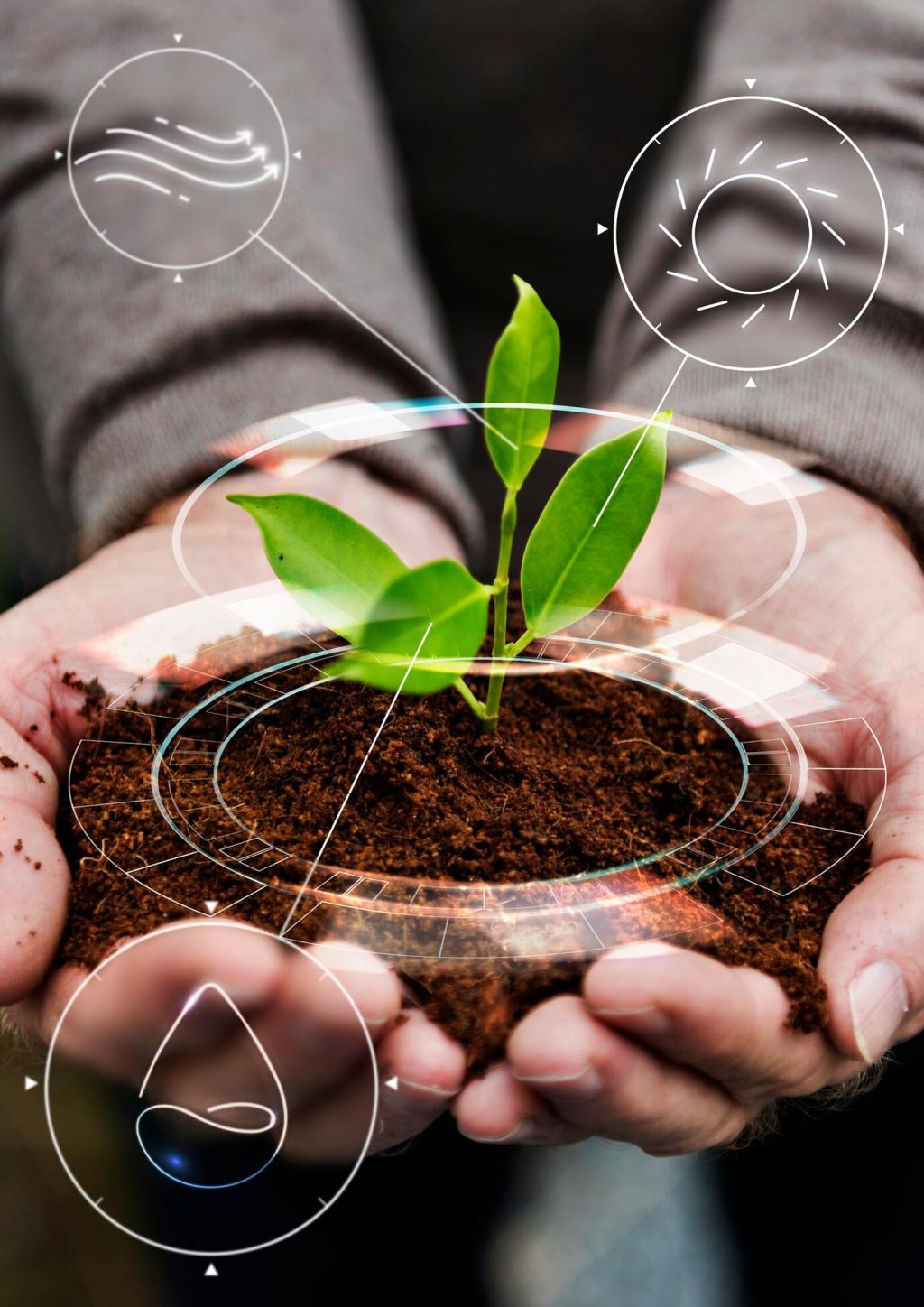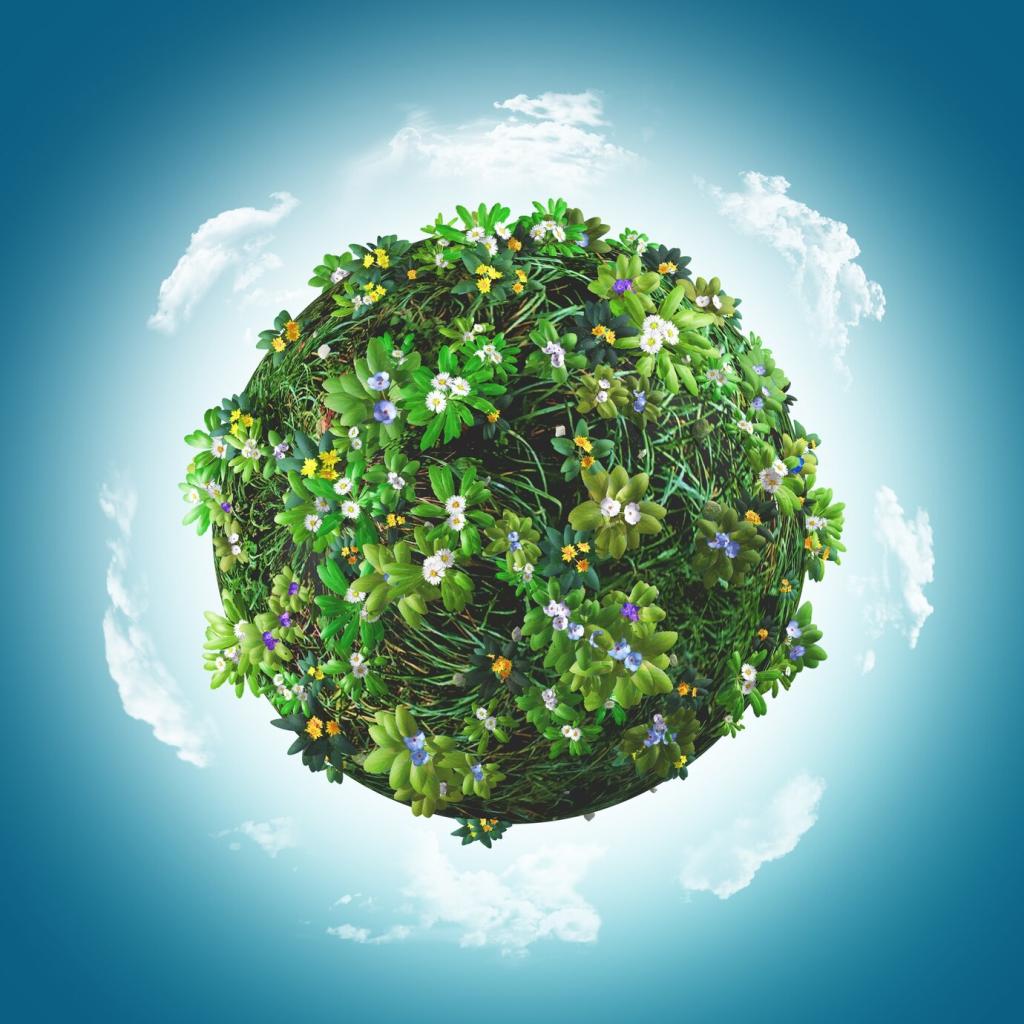
Urban Green Spaces Development
Urban green spaces are essential elements in the urban fabric, serving as vital lungs for cities, enhancing environmental quality, and improving the well-being of residents. Their thoughtful development involves balancing ecological preservation, urban planning, and community needs. As cities grow denser and populations increase, the creation and maintenance of accessible green areas become more critical than ever, playing a pivotal role in sustainable city living and fostering resilience against the impacts of urbanization and climate change.
Importance of Urban Green Spaces
Environmental Benefits
Urban green spaces act as natural air filters, removing pollutants and improving air quality for city dwellers. Trees and plants absorb carbon dioxide, mitigate the urban heat island effect, and help manage stormwater, reducing the likelihood of floods. Through these functions, green spaces contribute to the ecological stability of cities, making them more resilient to environmental challenges and climate change impacts.
Social and Health Impact
Access to green spaces has been strongly linked to better physical and mental health among urban populations. Parks offer safe places for exercise, play, and relaxation, helping reduce stress and encourage social interaction. The presence of natural environments within cities has been shown to lower rates of depression and anxiety, promote active lifestyles, and foster a sense of community belonging.
Economic Value
Green spaces deliver significant economic benefits to cities by increasing property values, attracting tourists, and promoting business growth. Well-maintained parks and landscaped areas make neighborhoods more desirable, encouraging investment and development. Additionally, urban green spaces can help reduce public health costs by improving overall well-being and decreasing pollution-related illnesses in the population.

Planning and Design Strategies
Effective city planning integrates green spaces into the urban grid, ensuring residents have easy access to nature regardless of where they live. Strategic placement of parks, corridors, and green rooftops not only enhances connectivity but also provides continuous green networks that support biodiversity. Thoughtful integration considers current and future urban growth, making green spaces an intrinsic part of long-term city development.

Challenges in Urban Green Space Development
Limited Land Availability
In densely built cities, the scarcity of available land is a primary challenge to expanding green spaces. Urban development often prioritizes housing and infrastructure, making it difficult to designate plots for parks and gardens. Innovative solutions include transforming underused spaces—such as rooftops, vacant lots, and former industrial sites—into welcoming green environments that serve communities without requiring new land acquisition.
Maintenance and Long-Term Sustainability
Maintaining urban green spaces over the long term can be resource-intensive, requiring regular funding, skilled labor, and community support. Without proper care, parks can fall into disrepair, become unsafe, or lose their ecological value. Sustainable approaches emphasize the selection of low-maintenance native plants, community stewardship programs, and efficient management systems that balance beauty, biodiversity, and practicality.
Equitable Access and Inclusion
Ensuring that all city residents benefit equally from green spaces is a persistent challenge. Socioeconomic disparities often result in uneven distribution, with marginalized communities having less access to well-maintained parks. Addressing these inequalities involves targeted investment, inclusive planning, and policies that empower underserved neighborhoods to participate in and benefit from green space development.
Join our mailing list
